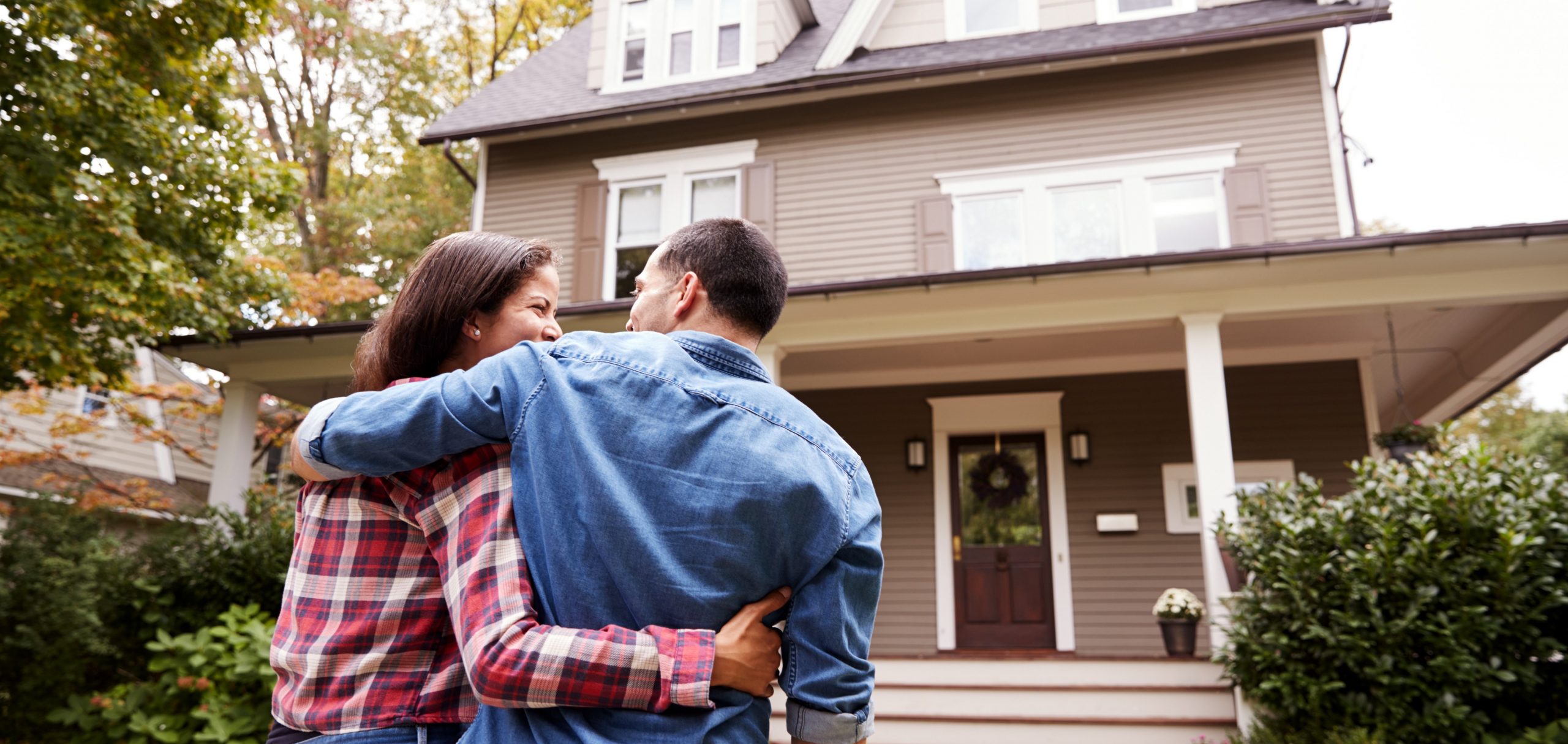Table of Contents
When buying your first house, you might experience a spectrum of emotions ranging from excitement to fear; and that’s fine. However, as this decision is not an emotional one, it’s best to have a practical approach to avoid making the amateur mistakes first time home buyers often make.

This article explores five of such mistakes, and what your practical approach should entail in each scenario. Ready to know what these mistakes are?
Mistake 1: Falling in Love with One of the First Homes You Visit
Some first time home buyers fall in love with one of the first homes they visit; thinking it embodies all they’d ever need in a property. This often ends up being a mistake, because as an amateur, there might be a couple of intrinsic factors you’d overlook; such as the property’s location, the house’s plumbing etc.
You need to realize one important fact: you’d be visiting many properties before making your decision. This means you can’t afford to be so much in love with one of the first properties you visit, that you become attached to it and unable to objectively consider its pros and cons.
Practical Approach: Before you start looking at houses, have a picture in mind, and preferably, a checklist as well. This checklist should cover important factors to guide your purchase such as property location, building’s features, any possible hidden defects etc.
With every house you visit, check off what properties off your ideal home checklist, are contained in these properties. Hiring a top realtor as well as a professional inspector can make this process easier for you. You shouldn’t rush to buy a house because there’s no return policy guiding such a purchase.
Mistake 2: Not Shopping Around for the Best Mortgage Rates
The first time buyer is unfamiliar with the terrain, and he/she might not understand the value of shopping for the lowest and most beneficial mortgage rates online. When calculating mortgage, even a 0.05% difference in rate can amount to thousands of dollars in interest when calculated over a 30-year period.
Practical Approach: You can start shopping for the lowest mortgage rates online, and check the impacts of different mortgage rates on your monthly mortgage payment by using online mortgage payment calculator.
Mistake 3: Not Knowing How Much Mortgage You Can Afford
It is easy for a first-time home buyer to choose the home of their dreams without first considering cost which is one of the common mistakes that home buyers make. This is a really huge mistake, because you’d end up making overwhelming mortgage payments that aren’t in tune with your earnings!
Practical Approach: When filing for mortgage, ensure you are approved for one which you can comfortably afford its monthly payments. This is definitely dependent on the cost price of the house- which is why you shouldn’t buy a house you’d be unable to make payments for, conveniently. While doing this, you should also consider utility payments, maintenance and money to be spent on repairs.
Mistake 4: Not Paying Enough Attention to the Neighborhood’s Schools
If you like a house in a particular neighborhood, it comes highly recommended to check out which schools are in that area, and what benefits they’d hold for your kids. This is because when you buy a home in an area, you are essentially choosing one of the schools in that area for your kids to attend. Even if you don’t have kids/ they are past that age, schools-whether good or bad, affect the overall valuation of a neighborhood.
Practical Approach: Make sure to pay attention to what schools are in the neighborhood of a house you plan to buy; this is not so important if you plan to take your kids to private school!
Mistake 5: Not Considering the Use of Retirement Savings as Part of Down Payment
Making withdrawals from a retirement savings plan such as an RRSP (in Canada) or IRA (in the US) can be highly beneficial when it comes to making a down payment for your house. Most first time home buyers are either ignorant of this fact, or are too scared to pursue it. In Canada, if you choose to make withdrawals from your RRSP for example, you can take out up to $35,000 (tax-free) with the Home Buyers’ Plan, and make repayments over a 15-year time span. This way, you would be able to make larger deposits on your down payment and avoid having to pay additional insurance (that someone who makes a smaller down payment would have to pay).
Practical Approach: Before buying your house, study your retirement plan and figure out how to pay a sizable down payment from the funds stored up in this retirement savings plan. Since real estate can serve as a source of income during retirement, withdrawing from your savings plan for real estate is a smart choice!








Comments 1